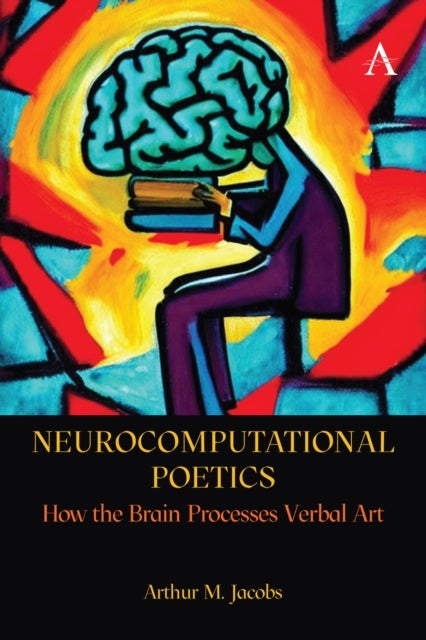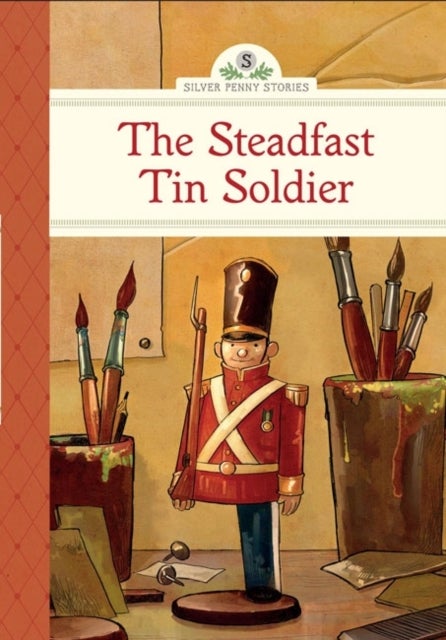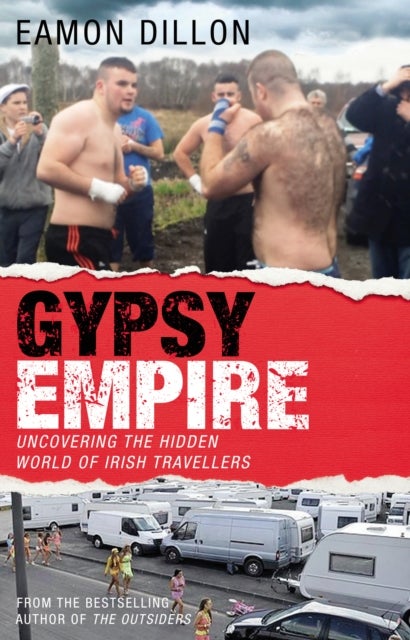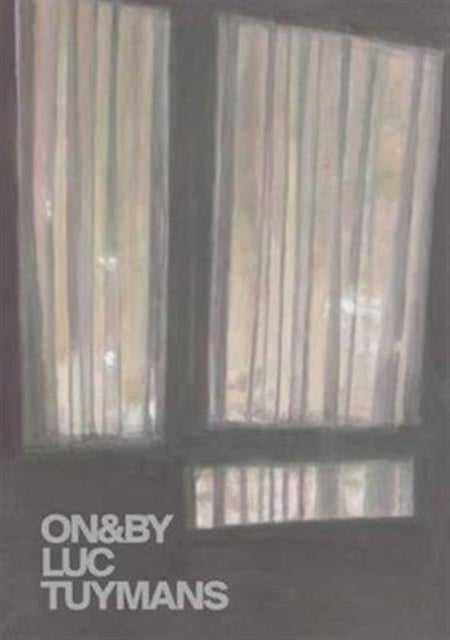
Neurocomputational Poetics av Arthur Jacobs
1049,-
<p>This book introduces a new thrilling field ¿neurocomputional poetics, the scientific ¿marriage¿ between cognitive poetics, data science and neuroscience. Its goal is to uncover the secrets of verbal art reception and to explain how readers come to understand and like literary texts. The book offers state-of-the-art computational models and methods allowing to predict which crucial textual features of prose and poetry, such as syntactic and semantic complexity or emotion potential, interact with reader features, such as empathy or openness to experience, in shaping a literary reading act with its neuronal, experiential and behavioural correlates. It contains hands-on practical examples on how to do computational text analyses of books and poems that can answer questions like: </p><ul><li>Which is Jane Austen¿s most beautiful book?</li><li>Which poet created the most fitting poetic metaphors? or</li><li>Which author of plays of








